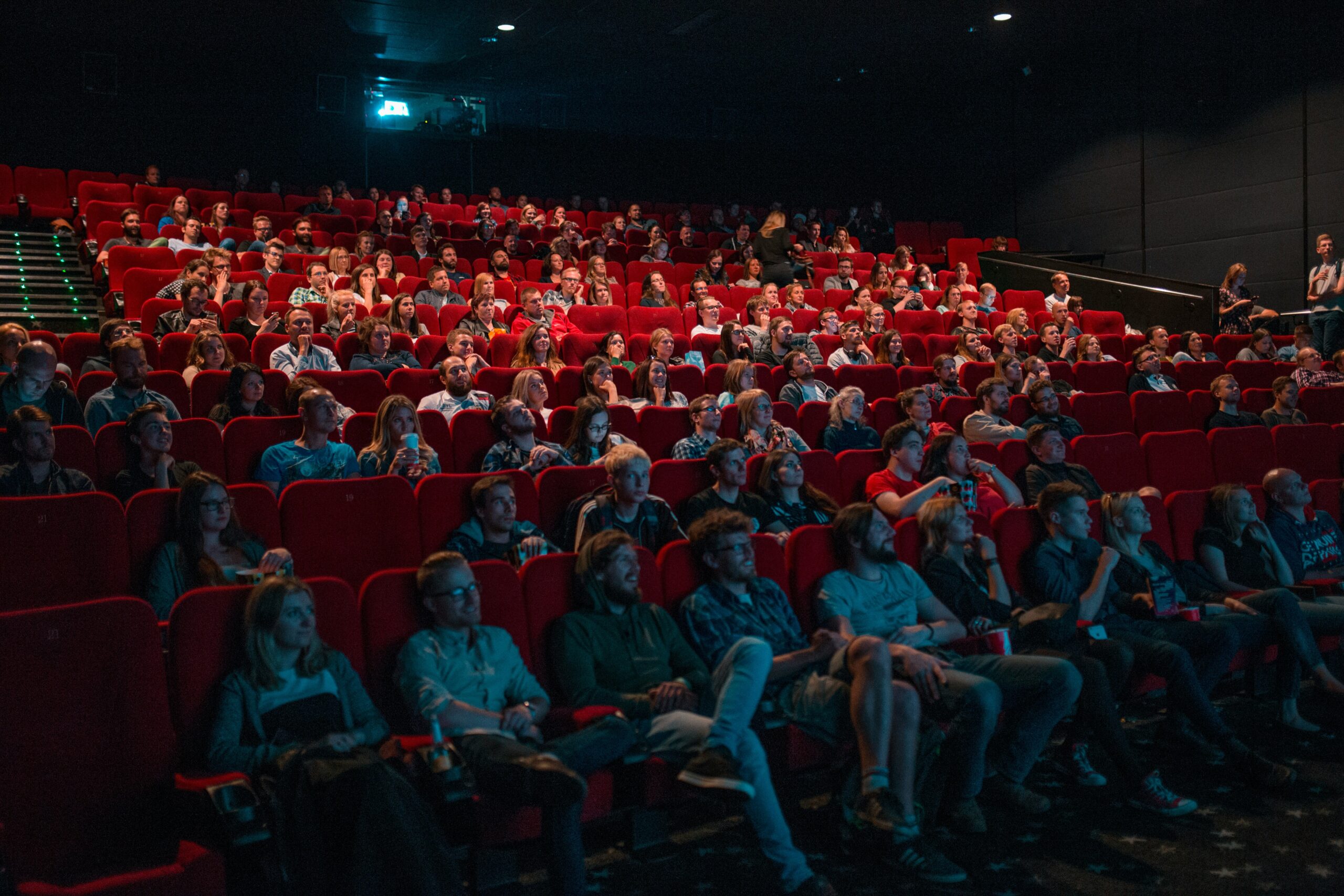Canadian audiences continue to seek out spaces where they can disconnect from routine and immerse themselves in different experiences. Across cinema, online gaming, and digital art, the ways people turn to escapism these days are more varied and accessible than ever. People can figuratively escape their everyday lives through interacting with the supercomputer in their pockets. With the wide web giving people access to any form of art, music, game, and more, it’s unsurprising that escapism still holds a really important place in people’s pastime.
Film Still Captures the Imagination
Theatres across Canada, whether big-name chains or small independents, continue to offer a space for people to tune out everything else. Streaming might be more convenient, but sitting in a dark room with a big screen still holds something you can’t replicate at home.
Canadian films tend to keep their own pace. They’re often quieter, more grounded, and not afraid to sit in a moment. It’s not about trying to match global blockbusters. It’s about telling stories that feel familiar but still take you somewhere else. Whether it’s a slow-burning thriller from Quebec or a story set out on the prairies, these films give people a way to step outside their routine.
Online Gaming Expands the Options
Escapism through digital play continues to evolve. Online gaming, including iGaming and casino platforms, offers another avenue for participation-based media. They’re interactive, built for engagement, and widely available to players across provinces. Canadians can now compare CA casino operators to find a broad spectrum of licensed and regulated options that deliver varied gaming styles and themes.
With real-time interfaces and advanced graphics, iGaming platforms have blurred the line between game and environment. Whether through live dealer tables, themed slot rooms, or interactive card tournaments, players are stepping into fully developed virtual spaces. It’s not just a pastime; it’s a format that lets users reset their focus and step into a new kind of rhythm.
Digital Art and Experiential Media
Alongside traditional media, digital art and interactive installations have carved out their own audience. Cities like Montreal and Toronto have embraced immersive exhibits where projection mapping, sound design, and spatial movement create sensory-heavy environments. The goal isn’t to distract; it’s to offer viewers an alternative pace and mood.
Virtual and augmented reality have also gained traction. Headsets aren’t required to access this kind of content anymore. Gallery spaces and pop-up events now make use of simple screen projections or layered sound to engage the senses. It’s a great kind of escape and is designed for reflection and low-stakes exploration.
Sports Viewing as Passive Escape
Live sports continue to be one of the most widely shared forms of passive escapism. From NHL playoff races to weekend CFL matchups, Canadians still gather around screens to experience the momentum of real-time competition. Unlike gaming or interactive art, sports don’t demand participation. The structure is built in, the stakes are known, and the result unfolds independently of the viewer.
This predictability can be calming. Whether watching a favourite team or following a league out of habit, the routine of games offers a scheduled departure from daily concerns. With sports streaming now more accessible across devices, the barrier to entry is so low. It fits easily into a daily routine without asking for much more than a sports streaming subscription of some kind.
It also creates a sense of shared space. Even when watched solo, sports tie viewers into a broader rhythm of national seasons, time zones, and traditions. It’s an escape rooted in rhythm and spectacle rather than fiction or fantasy.
Why People Keep Coming Back to It
The continued draw of escapism is practical. The pace of daily life is generally driven by devices, deadlines, and dense information feeds. This creates a need for structured detachment. Whether watching a film, playing a quick blackjack hand, or exploring a light-based installation, the effect is a temporary exit from the mundane.
More importantly, these experiences now meet people where they are. They don’t require a full weekend or travel plans. They can be local, brief, and on-demand. In that sense, escapism is becoming more accessible and more aligned with daily habits. It provides moments of focus in a fragmented society where all sorts of media thrive.
For Canadians in 2025, this blend of cinematic storytelling, digital play, as well as experiential art is a great approach to how we consume, create, and recharge.

